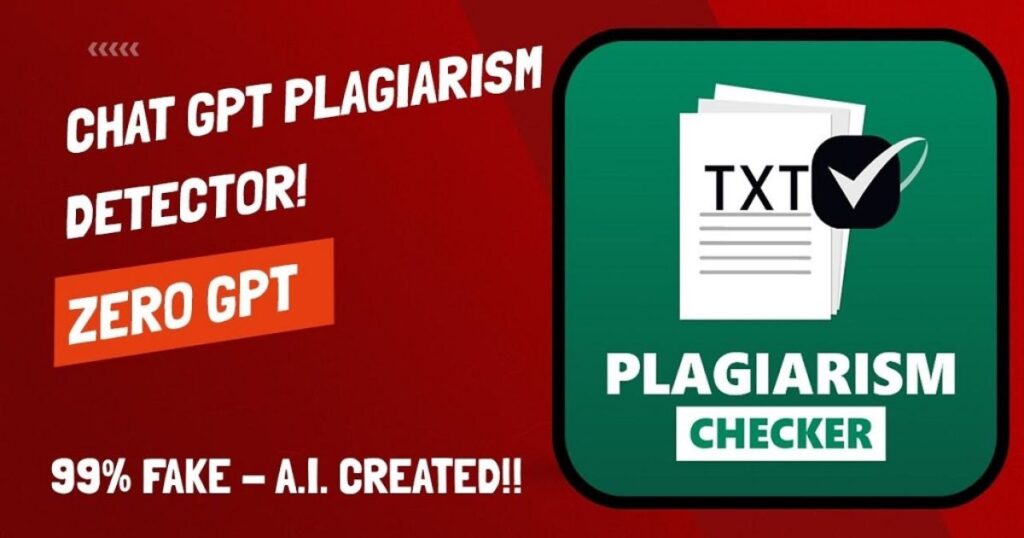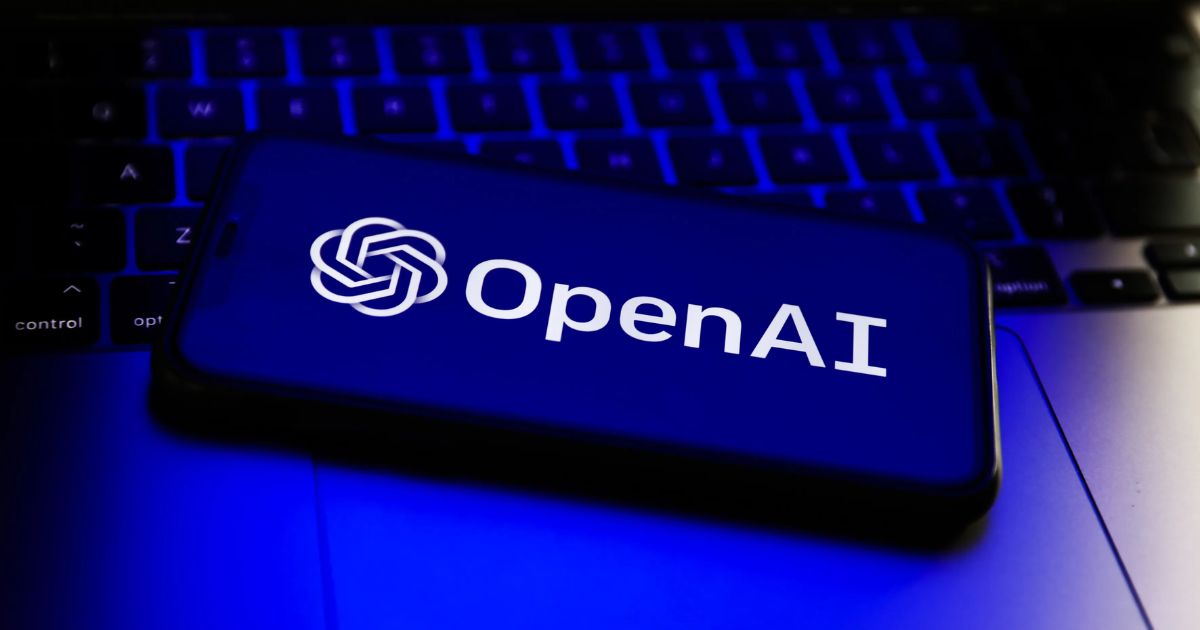The rise of advanced language models like ChatGPT has revolutionised the way we create and consume content. This powerful AI tool can generate human-like text on virtually any topic, sparking both excitement and concerns around plagiarism.
In this comprehensive guide, we’ll dive deep into the inner workings of ChatGPT, explore the plagiarism debate, and provide actionable tips to ensure your AI-generated content remains original and trustworthy.
What is ChatGPT?
ChatGPT, created by Anthropic, is a cutting-edge language model trained on an immense dataset of text from the internet. It uses this vast knowledge to generate remarkably coherent and contextual responses to user prompts.
While initially designed for question-answering and conversational interactions, ChatGPT’s capabilities extend to various writing tasks, from ideation and drafting to editing and content generation.
How Does ChatGPT Create Content?
When you provide a prompt to ChatGPT, it analyses the input and generates a new, unique piece of text based on its understanding of the context and the patterns it has learned from its training data.
However, it’s crucial to understand that ChatGPT does not simply copy and paste snippets from its dataset. Instead, it uses advanced natural language processing techniques to produce novel outputs that may share similarities with its training data but are not direct copies.
Diving into ChatGPT’s “Constitutional AI” Anti-Plagiarism
Anthropic, the company behind ChatGPT, has implemented various measures to mitigate the risk of plagiarism. One such measure is the “Constitutional AI” approach, which involves training the model to adhere to certain principles and values, including a strong aversion to plagiarism.
This means that ChatGPT is designed to avoid reproducing copyrighted or plagiarised content, even if it encounters such material during training.
Can ChatGPT Output Be Considered Plagiarized?
The question of whether ChatGPT’s output can be considered plagiarism is a complex one with no straightforward answer.
It’s essential to distinguish between intentional plagiarism, where someone deliberately copies and presents someone else’s work as their own, and unintentional similarities that may arise due to the nature of language models like ChatGPT.
Here are a few scenarios to consider:
Acceptable Use Case: You prompt ChatGPT to write a blog post on a broad topic like “The Benefits of Exercise.” While the generated content may share some similarities with existing resources on the same topic, it is unlikely to be considered plagiarism since the topic is broad, and ChatGPT is drawing from its vast knowledge base to create a unique perspective.
Potential Plagiarism Concern: If you prompt ChatGPT to summarise a specific, narrow topic or a particular source material, the output may closely resemble the original content, raising plagiarism concerns. In such cases, it’s crucial to properly cite the sources and attribute the AI-generated content accordingly.
Quality Filtering: Anthropic and other AI companies are continuously working on improving the quality and originality of their language models’ outputs. Advanced filtering techniques can help identify and remove potentially plagiarised content, further reducing the risk of plagiarism concerns.
Checking for Plagiarism in ChatGPT Content

While ChatGPT is designed to avoid plagiarism, it’s always a good practice to validate the originality of AI-generated content, especially for high-stakes or academic projects. Here are some recommended plagiarism detection tools and best practices:
Top Plagiarism Detection Tools:
- Turnitin: A widely used plagiarism checker with a vast database of sources, Turnitin is highly accurate in detecting both direct copies and paraphrased content.
- Scribbr: Consistently ranked among the most accurate and comprehensive plagiarism checkers, Scribbr can detect plagiarism in heavily edited texts and has a large database of sources.
- Grammarly: While not as comprehensive as Turnitin or Scribbr, Grammarly’s plagiarism checker is a useful tool for writers seeking a basic plagiarism check.
Best Practices:
- Always properly cite and attribute sources used, including those referenced by ChatGPT.
- Use plagiarism detection tools to scan AI-generated content for potential plagiarism issues.
- Encourage human editing and fact-checking to ensure accuracy and originality.
- Implement guidelines and training for responsible use of AI writing assistants within your organisation.
Case Studies – Analysing Real ChatGPT Samples
To better understand the plagiarism concerns around ChatGPT, let’s analyse a few real-world examples:
Example 1: Prompt – “Write a short paragraph summarising the plot of the novel ‘To Kill a Mockingbird’ by Harper Lee.”
ChatGPT’s output:
“To Kill a Mockingbird” by Harper Lee is a classic novel set in the 1930s in the fictional town of Maycomb, Alabama. The story is narrated by Scout Finch, a young girl who lives with her brother Jem and their father Atticus, a respected lawyer.
The novel explores issues of racial injustice and the moral nature of human beings, as Atticus agrees to defend a black man falsely accused of a terrible crime, despite the racial prejudices and threats from the white community.
Through Scout’s eyes, the reader witnesses the courage and integrity of Atticus and the harsh realities of racism and social inequality in the Deep South during the Great Depression.
Analysis: While this summary captures the essence of the novel’s plot, it does not contain any direct quotes or verbatim passages from the original work. The output is likely generated based on ChatGPT’s understanding of the novel’s themes and plot points, though some phrasing may resemble existing summaries or analyses.
Example 2: Prompt – “Write a detailed essay analysing the use of symbolism in the novel ‘The Great Gatsby’ by F. Scott Fitzgerald.”
In this case, the output would likely contain more specific details, analysis, and potentially quoted passages from the novel, increasing the risk of plagiarism concerns. It would be crucial to properly cite any direct quotes or closely paraphrased content from the original work or existing literary analyses.
These examples illustrate the importance of considering the specificity and narrowness of the prompt when assessing the risk of plagiarism in ChatGPT’s output.
The Ethics of Using AI Writing Assistants
The rise of AI writing tools like ChatGPT has sparked debates around the ethics and implications of using such technologies for content creation. While AI can undoubtedly enhance productivity and creativity, there are legitimate concerns about potential misuse, such as generating plagiarised or low-quality content at scale.
Anthropic and other AI companies have emphasised the need for responsible development and deployment of these tools. They encourage human oversight, fact-checking, and proper attribution to ensure the integrity of AI-generated content.
Ultimately, the ethical use of AI writing assistants hinges on transparency, accountability, and a commitment to upholding the highest standards of quality and originality in content creation.
Latest Trends and Future of AI Writing Models
The field of AI writing models is rapidly evolving, with new advancements and innovations emerging regularly. Here are some of the latest trends and future developments to watch out for:
Customised Prompting: Researchers are exploring techniques to fine-tune language models like ChatGPT with specific datasets or prompts, potentially improving the originality and relevance of the generated content for niche topics or industries.
Human-AI Collaborative Writing: Rather than relying solely on AI or human writers, the future may involve seamless collaboration between the two, leveraging the strengths of both to produce high-quality, original content more efficiently.
Emerging AI Writing Models: While ChatGPT is currently one of the most widely known language models, other AI companies and research institutions are working on developing their own advanced writing models, each with unique capabilities and approaches to content generation.
As these developments unfold, it’s crucial for content creators and consumers alike to stay informed and adapt to the evolving landscape of AI writing tools while maintaining a strong commitment to originality, ethics, and responsible use.
FAQ’s
How can I improve my writing skills?
Read extensively from diverse sources to expand your vocabulary and understanding of language. Practise writing regularly, get feedback, and continually work on areas that need improvement.
What are some effective time management strategies?
Prioritise your tasks and focus on the most important ones first. Eliminate distractions and time-wasters that hinder your productivity.
How can I build a strong personal brand?
Define your unique value proposition and what sets you apart. Consistently showcase your expertise and engage with your target audience online and offline.
What are some tips for successful job interviews?
Research the company thoroughly and prepare relevant questions to ask the interviewer. Practise your responses to common interview questions and highlight your key strengths and accomplishments.
How can I improve my public speaking skills?
Practise your delivery, voice modulation, and body language in front of a mirror or by recording yourself. Gain experience by participating in local public speaking events or joining a club like Toastmasters.
Conclusion
ChatGPT and other AI writing assistants have transformed the content creation process, offering unprecedented efficiency and creativity. However, the question of plagiarism remains a valid concern.
Throughout this comprehensive guide, we’ve explored the inner workings of ChatGPT, its approach to avoiding plagiarism, and the tools and best practices for ensuring the originality of AI-generated content.
While ChatGPT is not designed to intentionally plagiarise, it’s essential to exercise caution, especially when dealing with narrow or specific topics. Plagiarism detection tools like Turnitin, Scribbr, and Grammarly can help validate the origin.












